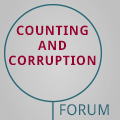 As China becomes wealthier and more confident on the global stage, it also expects to be respected and accommodated as a major global force – and as a formidable civilisation. Through a survey and analysis of China’s regional posture, urban change, social activism and law, mores, the Internet, history and thought – in which the concept of ‘civilising’ plays a prominent role – China Story Yearbook 2013 offers insights into the country today and its dreams for the future.
As China becomes wealthier and more confident on the global stage, it also expects to be respected and accommodated as a major global force – and as a formidable civilisation. Through a survey and analysis of China’s regional posture, urban change, social activism and law, mores, the Internet, history and thought – in which the concept of ‘civilising’ plays a prominent role – China Story Yearbook 2013 offers insights into the country today and its dreams for the future.
The Cover
The cover features four Chinese characters, read from the top right-hand corner, top to bottom. The character wen 文 (‘pattern’, ‘design’, ‘the written’) features a writing brush; the word ming 明 (‘bright’, ‘illuminated’) contains a Huawei mobile phone with an iconic image of the model People’s Liberation Army (PLA) soldier Lei Feng on its screen (the fiftieth ‘Learn from Lei Feng Day’ was celebrated on 5 March 2013). Together these words form wenming, ‘civilised’ or ‘civilisation’. The main vertical stroke of the next character, zhong 中 (‘central’, ‘middle’, ‘China’), features a high-speed train, while the word hua 华 (‘flourishing’, ‘embellished’, ‘China’) is in the calligraphic hand of the Tang-dynasty monk Huaisu (725–799CE). It is taken from a ‘grass-script’ version of the Thousand-character Classic (Qianziwen 千字文) written in the last year of the monk’s life.
DIGITAL EDITIONS
Complete editions of the book in different formats can be downloaded by clicking on these icons:
Kindle 4.6MBePub (iPhone / iPad) 4.1MBPDF 7.9MB
You can also read or download individual chapters of the Yearbook beneath the Print Edition section below.
PRINT EDITION
Printed paperbacks editions of the Yearbook can be ordered free (apart from the costs of printing and delivery) from Lulu.com.



















